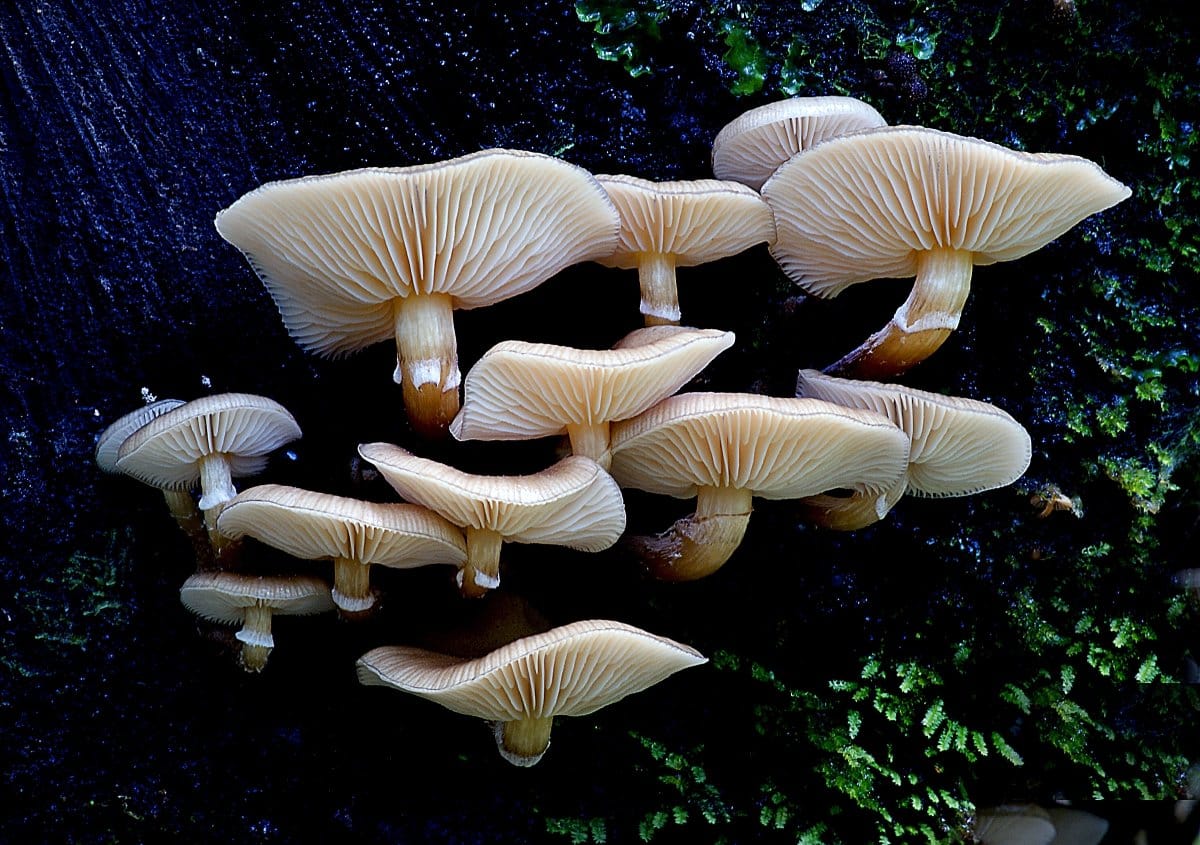In the grand culinary adventure of life, some foods play a more dangerous game than others. Sure, we’re all aware of the usual suspects lurking in the shadows (here’s looking at you, fast food), but what about those seemingly innocuous items hiding a deadly secret in your kitchen? Let’s lift the lid on the culinary world’s dark side, where the difference between a delightful dish and a deadly disaster could hinge on preparation, quantity, or just sheer bad luck.
1. Puffer Fish

Dining on puffer fish is like playing Russian roulette with your sushi. Fugu, as it’s known in Japan, requires chefs to undergo years of training to remove its toxic parts without contaminating the edible ones. Miss a spot, and it’s lights out, thanks to the potent tetrodotoxin.
2. Kidney Beans

Who knew the humble kidney bean could pack such a punch? Raw or undercooked, these beans contain lectins, which can wreak havoc on your digestive system. A few improperly prepared beans could lead to extreme nausea and vomiting. Let that be a lesson: always boil your beans.
3. Nutmeg

Nutmeg: the festive spice that could turn your holiday cheer into a nightmare. In large doses, nutmeg is psychoactive, leading to symptoms like hallucinations and a sense of impending doom. Stick to sprinkling, not spooning.
4. Rhubarb Leaves

Rhubarb pie, a sweet tangy delight, but venture into the realm of its leaves, and you’re in for a toxic treat. The leaves contain oxalic acid, which can cause kidney stones or even more severe symptoms if ingested in large quantities. Dessert, anyone?
5. Almonds

Almonds come in two varieties: sweet and bitter. While sweet almonds are snack-worthy, bitter almonds contain cyanide. Raw, they’re a no-go, but even when processed, they require careful handling. Remember, not all almonds are created equal.
6. Cassava

Cassava is a staple in many diets around the globe, but it’s also a master of disguise. When improperly processed, cassava releases cyanogenic glycosides, turning your tapioca pudding into a potential poisoning pitstop.
7. Mushrooms

Mushrooms: the forager’s gamble. While many varieties are delicious, others are deadly, and the line between them can be frighteningly thin. Eating the wrong kind, like the infamous Death Cap, can lead to liver failure. Maybe let the experts pick your fungi.
8. Cherries

Cherries are the perfect topping for any dessert, but beware the pit. Not only is it a choking hazard, but it also contains cyanide. Accidentally swallowing one won’t likely cause harm, but cracking it open and consuming the inside could lead to trouble.
9. Apple Seeds

An apple a day keeps the doctor away, but the seeds? They’re another story. Like cherry pits, apple seeds contain cyanide, and while you’d need to chew a lot of them to feel the effects, it’s best to avoid making a habit of it.
10. Elderberries

Elderberry syrup has become a go-to for cold and flu season, but raw elderberries, along with the plant’s leaves and branches, contain cyanogenic glycosides. Uncooked, they can cause nausea, vomiting, and worse.
11. Potatoes

Green potatoes are more than just unappetizing—they’re potentially harmful. Solanine, a toxin that develops with too much light exposure, can lead to gastrointestinal distress or neurological problems. When in doubt, toss it out.
12. Ackee

This Jamaican fruit is a delicacy when ripe and properly prepared. However, eating it too early or consuming the wrong parts can lead to Jamaican Vomiting Sickness, thanks to its toxins, hypoglycin A and B. It’s all about timing.
13. Castor Beans

Castor oil, derived from castor beans, is a pantry staple worldwide. But the raw beans contain ricin, one of the most potent toxins on the planet. Processing eliminates the danger, but let’s leave that to the professionals.
14. Apricot Kernels

Apricot kernels have a bitter bite and a hidden hazard: amygdalin, which the body converts into cyanide. While some tout them as a health food, it’s best to approach with caution or, better yet, not at all.
15. Raw Honey

Raw honey can contain grayanotoxins from rhododendron nectar, leading to “mad honey disease,” with symptoms like dizziness and vomiting. Most commercial honey is safe, but that jar from your local wild beekeeper? Proceed with caution.
16. Tomatoes

The tomato plant harbors a secret: its leaves and stems are toxic, containing tomatine. While the fruit is safe and delicious, experimenting with green parts of the plant in your cuisine could leave a bitter taste in more ways than one.
17. Starfruit

For individuals with kidney issues, starfruit can be a star-crossed lover. It contains neurotoxins that can affect the brain and nerves, potentially leading to serious illness or even death in those with renal problems. For some, it’s a celestial delight; for others, a forbidden fruit.
Deadly Delicious

Who knew the line between gourmet and grave could be so thin? While our daily diets are usually safe, it’s these outliers that remind us food isn’t just fuel; it’s a mix of chemistry, culture, and caution. Next time you’re tempted to try something new, remember: curiosity flavored the cat, but common sense seasoned the survivor. Here’s to eating wisely, and living to taste another day.
The post 17 Foods You Didn’t Know Could Kill You first appeared on Mama Say What?!
Featured Image Credit: Shutterstock / CKHatten.
For transparency, this content was partly developed with AI assistance and carefully curated by an experienced editor to be informative and ensure accuracy.





